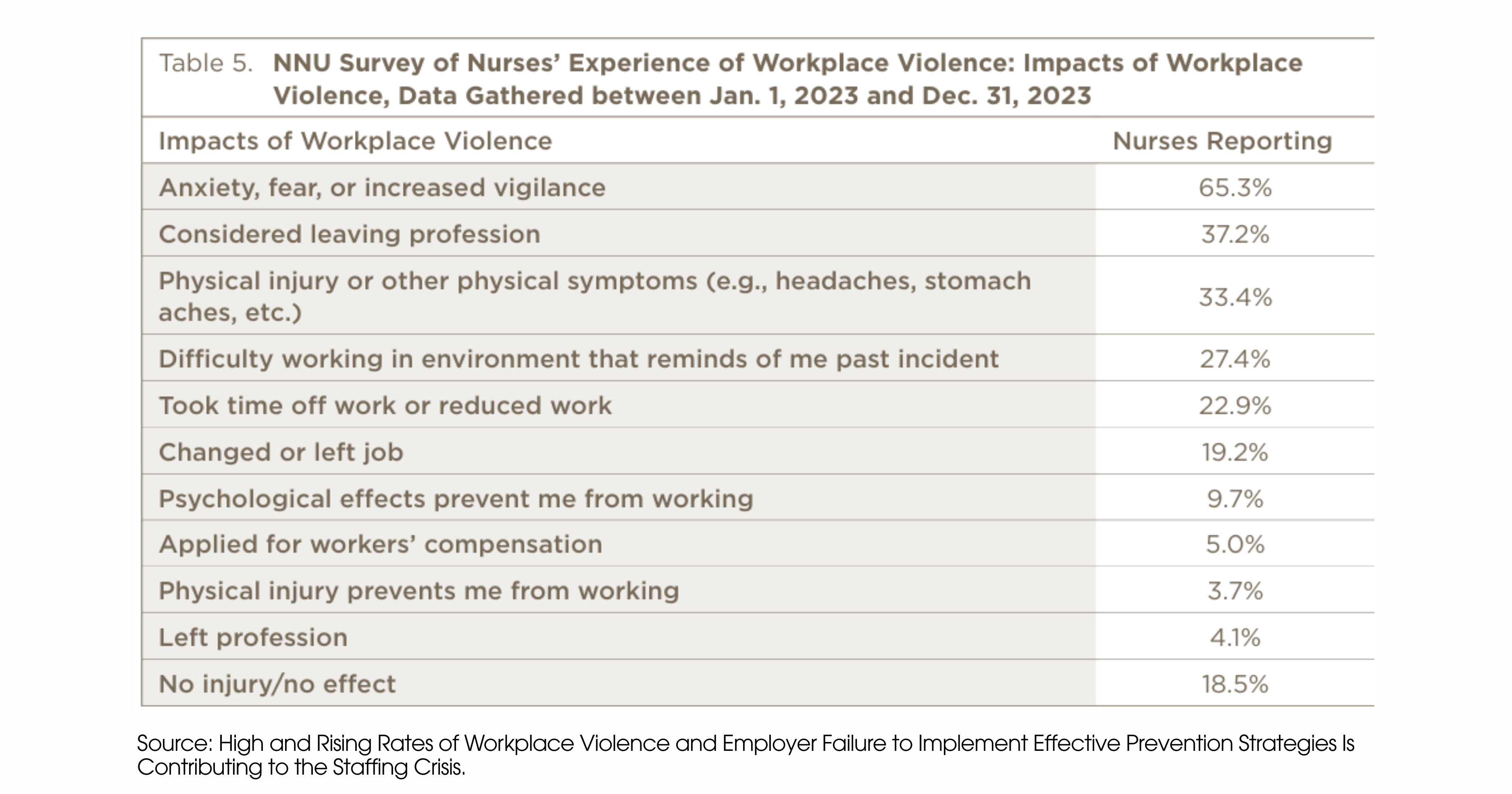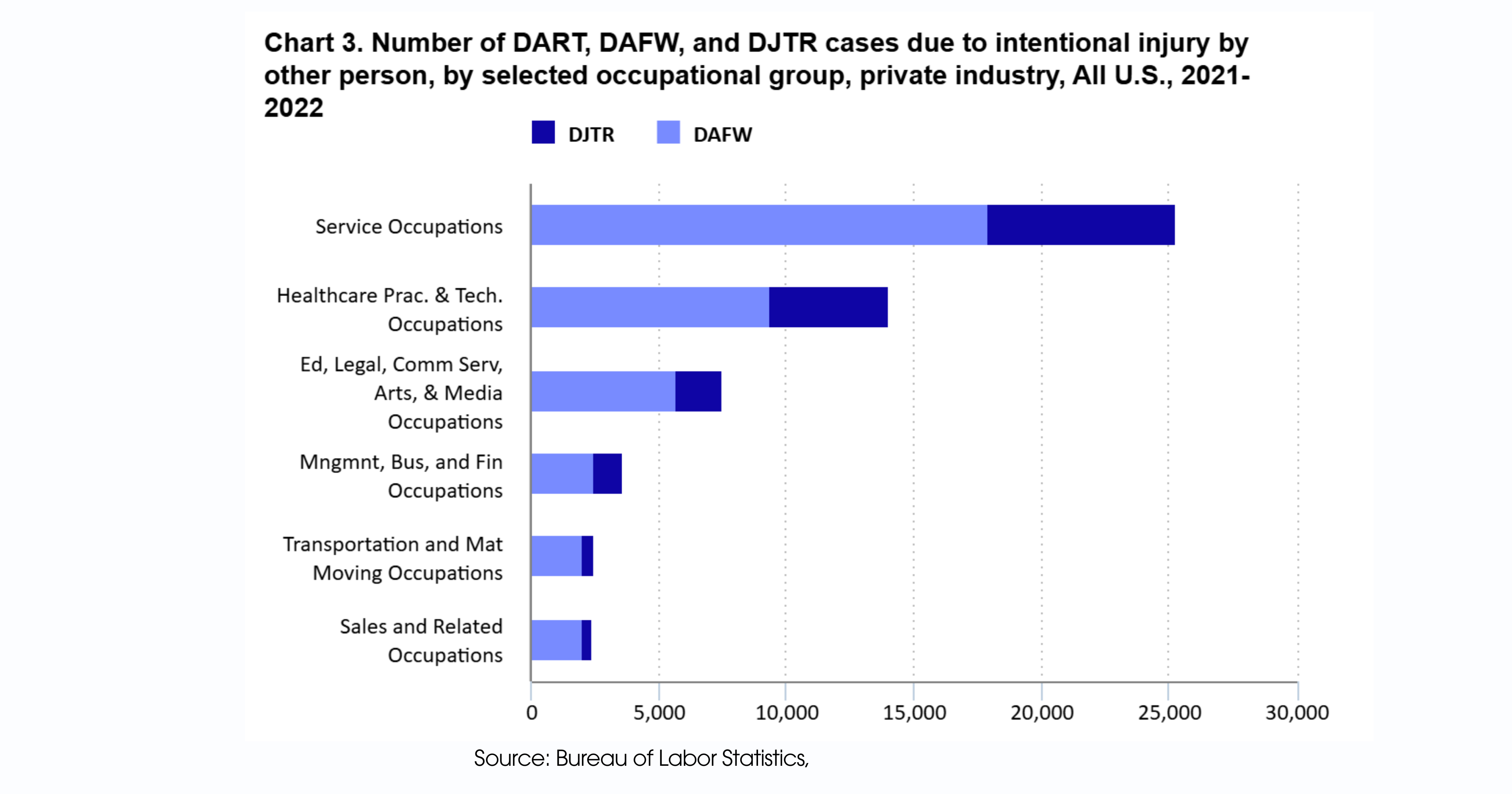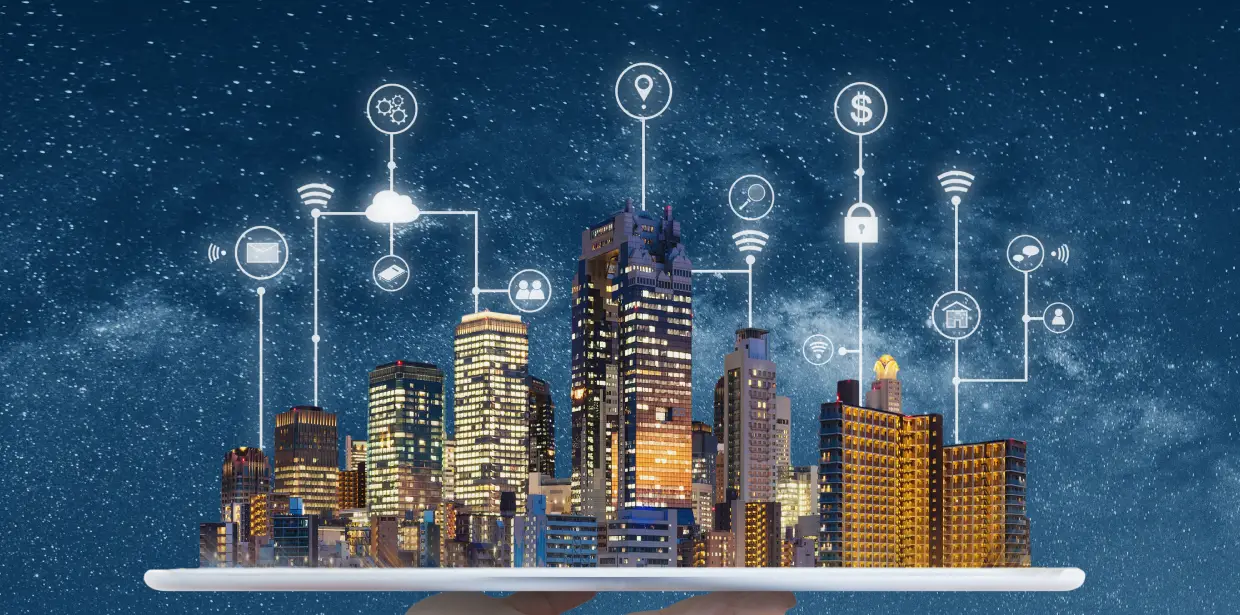Understanding the risk of lacking physical security in the healthcare workplace
The healthcare sector is facing a silent epidemic—workplace violence. According to the Bureau of Labor Statistics, the healthcare and social assistance sectors accounted for 73% of all workplace violence incidents requiring days away from work in 2021–2022. These incidents occurred at a rate of 14.2 per 10,000 full-time workers, compared to just 2.9 across all private industries.

Healthcare workers are now five times more likely to experience violence on the job than those in other sectors. This includes everything from verbal abuse to physical attacks, with emergency departments, psychiatric units, and long-term care facilities often the most affected.
A 2022 survey by National Nurses United painted a stark picture:
- 81.6% of nurses experienced at least one form of workplace violence.
- 45.5% reported an increase in violence on their unit.
- Common experiences included verbal threats (67.8%), physical threats (38.7%), and scratches or pinches (37.3%).

These alarming numbers highlight a breakdown in physical safety measures and a growing need for comprehensive solutions.
The cost of inaction: beyond the physical harm
Security lapses in healthcare settings lead to far-reaching consequences. Not only do they jeopardize staff and patient well-being, but they also expose facilities to financial, legal, and reputational risks. Incidents can trigger lawsuits, insurance claims, regulatory fines, and loss of public trust.
Moreover, the psychological toll on healthcare professionals contributes to burnout, absenteeism, and high staff turnover. In an industry already battling talent shortages, maintaining a safe work environment is not optional—it’s a necessity.

Security challenges require modern solutions
Today’s security threats are multifaceted, requiring healthcare organizations to move beyond siloed safety protocols. Traditional surveillance and manual access logs are no longer sufficient. Instead, integrated security solutions provide the visibility, coordination, and intelligence needed to prevent incidents and respond quickly.
What is an integrated security solution?
An integrated security solution brings all these components into one unified platform. It connects door access systems with surveillance cameras, air quality sensors, visitor management, and panic buttons. Security staff can monitor activity, verify incidents, and initiate response actions—often in seconds rather than hours.
This unification also enables:
- Real-time monitoring across multiple sites
- Instant alerts and forensic search capabilities
- Seamless coordination among security, IT, and clinical teams
This unified approach to physical security improves situational awareness, reduces incident resolution times, and supports a safer environment. These systems bridge the communication gap across devices and sites, delivering full context and addressing critical visibility challenges. For healthcare providers, this shift is not just about adopting technology—it’s about fostering a workplace where safety forms the foundation of care delivery.
Unified security in action: Transforming safety and compliance at El Centro Regional Medical Center
A real-world example of how unified security systems enhance safety, compliance, and operational efficiency can be seen at El Centro Regional Medical Center (ECRMC). Located near the U.S.-Mexico border, ECRMC serves a diverse population and operates within strict regulatory standards.
With security oversight from Emergency Preparedness Director William DuBois, the hospital deployed hybrid cloud cameras, air quality sensors, panic buttons, and mobile monitoring apps. The results were profound:
- 83% reduction in workplace violence, from over a dozen incidents monthly to just 1–2.
- Investigation times reduced from several hours to 15 minutes.
- Significant regulatory cost avoidance, including potential fines starting at $25,000.
Security personnel can now stream up to 300 camera feeds in real time and coordinate responses through a mobile command application. Panic buttons discreetly protect staff in vulnerable areas, and facial blurring helps maintain patient privacy while complying with HIPAA.
Scaling smart: How PHNTX unified security across 13+ locations
Another compelling example of unified security in action is Prism Health North Texas (PHNTX), the largest nonprofit HIV care provider in the region, illustrates this transformation. With more than 13 locations, they faced growing challenges with siloed security systems. Cameras, access controls, and monitoring devices operated independently, making it difficult to respond to incidents or scale operations.
According to Infrastructure Director Matthew Shaw, the decision to deploy a fully integrated solution helped them streamline operations and improve overall safety. The system was intuitive and scalable, offering plug-and-play deployment, easy learning curves for new staff, and centralized management.
Key features included after-hours intrusion detection with real-time video verification, environmental sensors for compliance-sensitive areas, and immediate alerting through text and email. “Within seconds, I can determine the cause and share the footage with first responders,” Shaw explained.
Five ways to improve physical security in healthcare facilities
To effectively address the growing threat of workplace violence and ensure the safety of staff and patients, healthcare organizations must take decisive action. Here are five proven strategies to elevate security in any healthcare setting:
- Adopt Cloud-Managed Surveillance with AI: Invest in cameras that offer real-time alerts, motion detection, and facial recognition. AI-powered systems can detect when patients exit their rooms unsupervised or when suspicious movement occurs in sensitive zones like pharmacies or ICUs. These systems offer 24/7 recording with minimal bandwidth usage and can store up to 365 days of footage, ideal for investigations or audits.
- Control Access to Sensitive Areas: Limit entry to high-risk zones such as surgical suites, maternity wards, and psychiatric units through access-controlled doors. Pairing these doors with security cameras adds an extra layer of context to any access event, such as tailgating or forced entry.
- Implement Advanced Visitor Management: Modern visitor management systems use photo ID capture, badge printing, and integration with electronic medical records (EMRs). They screen guests against watchlists and patient-specific restrictions, ensuring that only approved individuals gain access to care areas. Front desk staff can also monitor visitor volumes in real time and enforce safety policies efficiently.
- Train Staff on De-escalation and Emergency Protocols: Conduct regular training on recognizing early signs of aggression, de-escalation techniques, lockdown and emergency response drills. Preparedness saves lives and builds a culture of accountability and safety.
- Use Data Analytics for Proactive Threat Detection: Modern platforms like Verkada allow organizations to analyze trends across time and locations. This enables early detection of high-risk zones or frequent offenders, allowing for proactive policy changes. Alerts can be configured based on custom parameters, including entry at odd hours, repeated access attempts, or lingering in restricted areas.
Building a Safer Future in Healthcare
Healthcare professionals should not have to fear for their safety while providing essential care. The rise in workplace violence underscores the need for advanced, responsive, and unified security systems that adapt as organizations grow.
The experiences of PHNTX and ECRMC reveal the tangible benefits of a well-integrated, cloud-based platform. Not only are these organizations meeting safety goals, but they are also enhancing compliance, improving operational efficiency, and restoring confidence across staff and patient communities.
Physical security is no longer a support function. It’s foundational to care delivery and healthcare excellence. At Cloud Managed Networks, we bring extensive experience in helping healthcare organizations create safer, more resilient workplace environments. If you have questions or would like to start a conversation, we’d be glad to connect.





-min.png)




